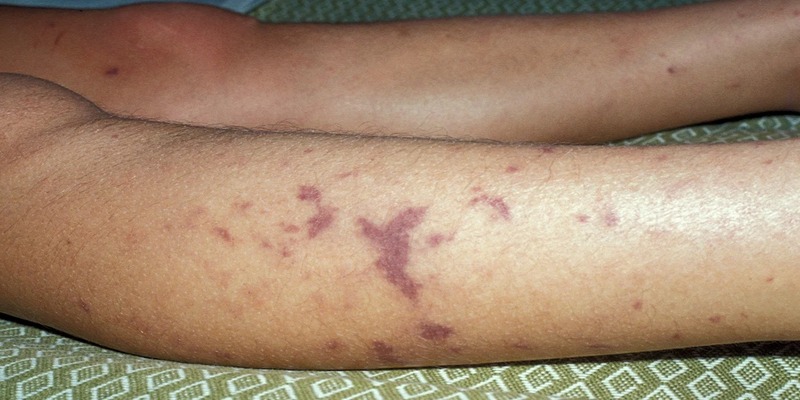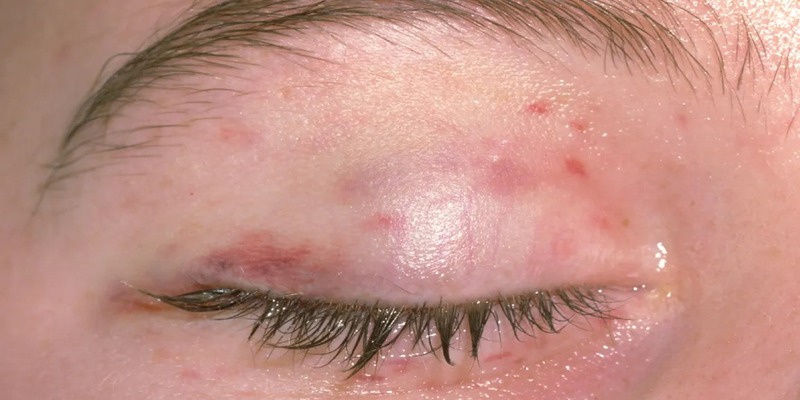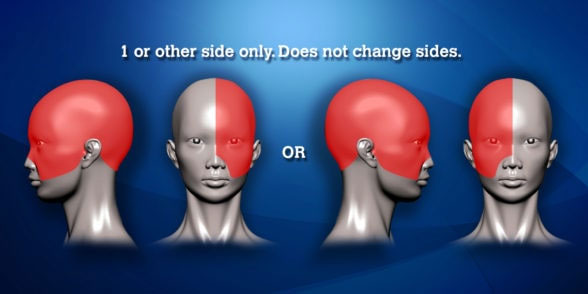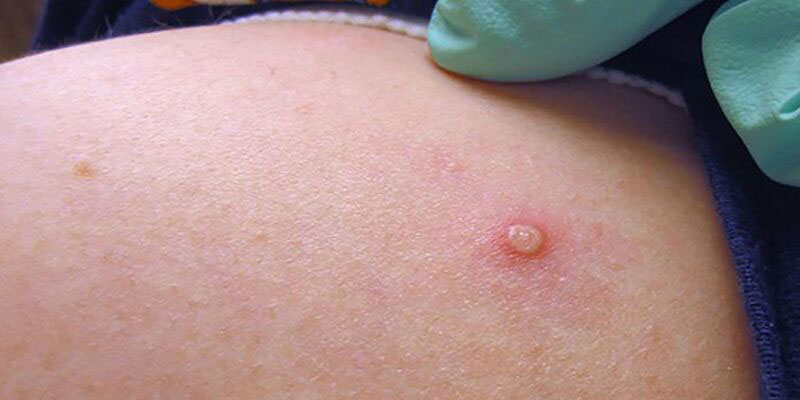The Rash of Bacterial Meningitis: An Emergent Medical Condition
Oct 07, 2023
Do not disregard a peculiar rash that appears as little pink or purple dots on your skin. Meningitis Research Foundation states that a rash may indicate bacterial meningitis, which can be fatal. Inflammation of the brain and its surrounding tissues is a hallmark of bacterial meningitis. When the brain is involved, the situation is dire.
Even yet, Penn Medicine notes that a rash can be brought on by anything from a mild health problem to pesticides, cosmetics, colors, and even poison ivy. Keep reading to learn about bacterial meningitis and the telltale signs of a meningitis rash.
Can You Describe Bacterial Meningitis?

It is caused by a bacterial infection of the cerebrospinal fluid, leading to a significant enlargement of the membranes surrounding and protecting the brain and spinal cord .
Meningitis-causing germs can be spread from mother to child after delivery, through saliva, or through food made by someone who did not properly wash their hands after using the restroom.
According to the CDC, viral meningitis is more frequent and typically resolves without treatment, but bacterial meningitis is more serious. Meningitis caused by bacteria, on the other hand, can turn fatal in hours.
Exactly What Does A Meningitis Rash Appear Like?
Meningitis rashes can vary in appearance from person to person, making diagnosis difficult. There are two distinct types of meningitis rashes, both described by the Meningitis Research Foundation.
The "petechial" rash appears as red or purple pinpricks that can look like flea bites, and the "purpuric" rash appears more like a bruise and shows up as reddish-purple blotches on the skin. Meningitis rash often appears on the trunk, arms, and legs first, although it can appear elsewhere on the body.
According to the Meningitis Research Foundation, the colorful spots may also form in clusters where pressure occurs. It is also important to remember that the so-called meningitis rash is not a rash but rather bleeding patches under the skin.
According to the Meningitis Research Foundation, this occurs whenever a pathogen enters the circulation and causes harm to the body's circulatory system and associated organs.
How To Recognize a Meningitis Rash
The use of a glass of water is recommended. How to apply it to identify a meningitis rash from other rashes. The Meningitis Research Foundation suggests doing the "tumbler test" to determine if you have a meningitis rash.
You should bring the person to the hospital immediately if the rash doesn't disappear and can be seen through the glass. "Blanching" rashes are those that vanish when pressure is applied.
The Meningitis Research Foundation reports that this is how the meningitis rash manifests initially but that it soon transforms into a "non-blanching" rash. The rash can take on a variety of looks depending on the person's skin type.
"Blanching" rashes are those that vanish when pressure is applied. The Meningitis Research Foundation reports that this is how the meningitis rash manifests initially but that it soon transforms into a "non-blanching" rash. The rash can take on a variety of looks depending on the person's skin type.
It is vital to be aware of additional symptoms and get medical attention if someone is suspected of having meningitis since, in some circumstances, a person with the condition never acquires a meningitis rash.
How Do I Recognize Bacterial Meningitis?
Bacterial meningitis has several symptoms, one of which is a rash. Dr. Esper stated, "people with meningitis all present with comparable symptoms." As your doctor put it, "your brain is just so stimulated that any stimulation really truly creates agony". Bacterial meningitis has been linked to further complications, per the CDC.
- Fever
- Headache
- Neck pain
- Vomiting/nausea
- Confusion
Bacterial Meningitis: How To Avoid It

Vaccination against bacterial meningitis is recommended by the Centers for Disease Control and Prevention. Pneumococcal, Haemophilus influenzae, and meningococcal are the worst forms of bacterial meningitis for which vaccines are available.
Vaccination is now the single most effective measure you can take. Meningitis vaccinations provide excellent protection, but no vaccine, meningitis or otherwise, is ever guaranteed to be effective in every single case.
Summary
Meningococcal meningitis is a life-threatening disease caused by bacteria. It is estimated by the National Meningitis Foundation that between 600 and 1,000 persons annually get the meningococcal illness.
10-15% of those infected will die, and 1 in 5 will be left with a lifelong disability such as brain damage, hearing loss, or amputations. For this reason, it is crucial to be aware of the signs, such as a rash, and take precautions against bacterial meningitis.





